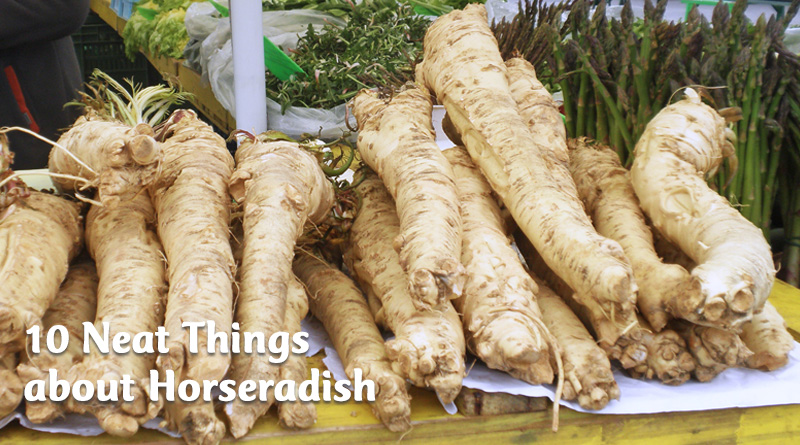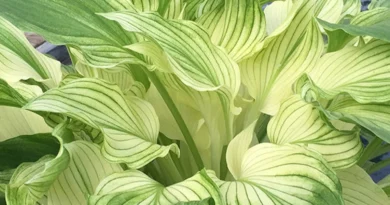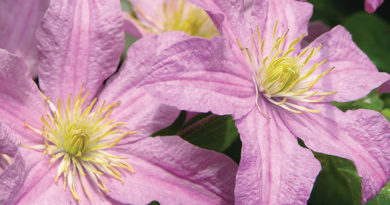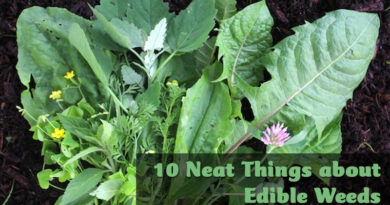About Horseradish
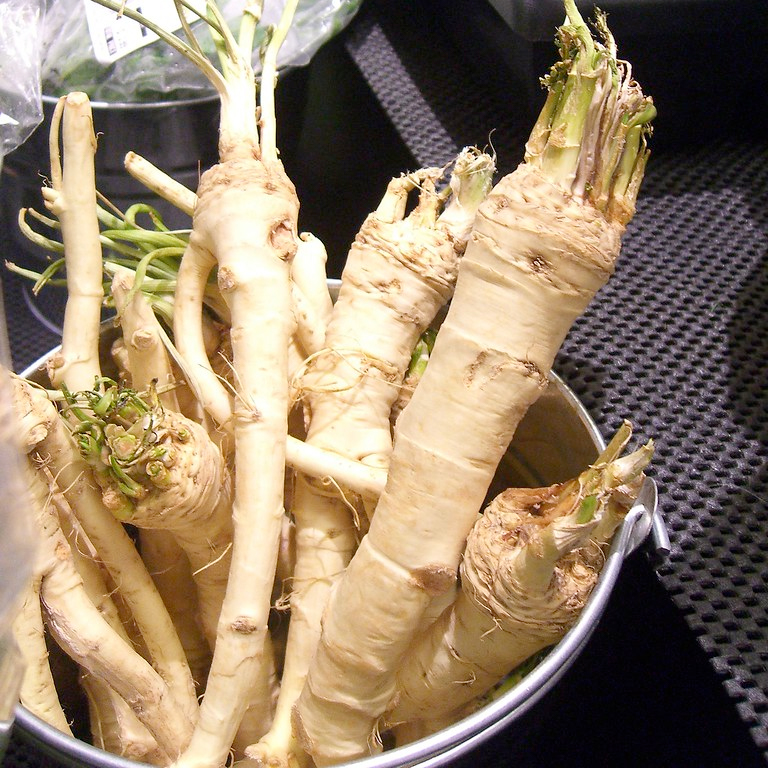
1. Strong like… horse.
Horseradish got its name not because horses like it – indeed, the plant is poisonous to horses (and to cows, goats and sheep) – but because of its strong flavour. The old English word for strong, large, coarse was horse or harsh. And of course, the root tastes a bit like radish.
2. Humans stronger than horses?
So if horseradish can poison a horse, why not a human? The answer is in the chemistry. Horseradish produces the chemical sinigrin and the enzyme myrosinase which, when they get together in a neutral pH of about 7 (like your mouth), convert the sinigrin to the evil allyl isothiocyante. This can irritate your eyes, burn your lungs, inflame your stomach lining – but humans don’t eat horseradish untreated. They mix it with vinegar which changes the chemistry to allyl cyanide. That could be toxic if you ate too much but you’d have to eat like a horse to eat enough of it.
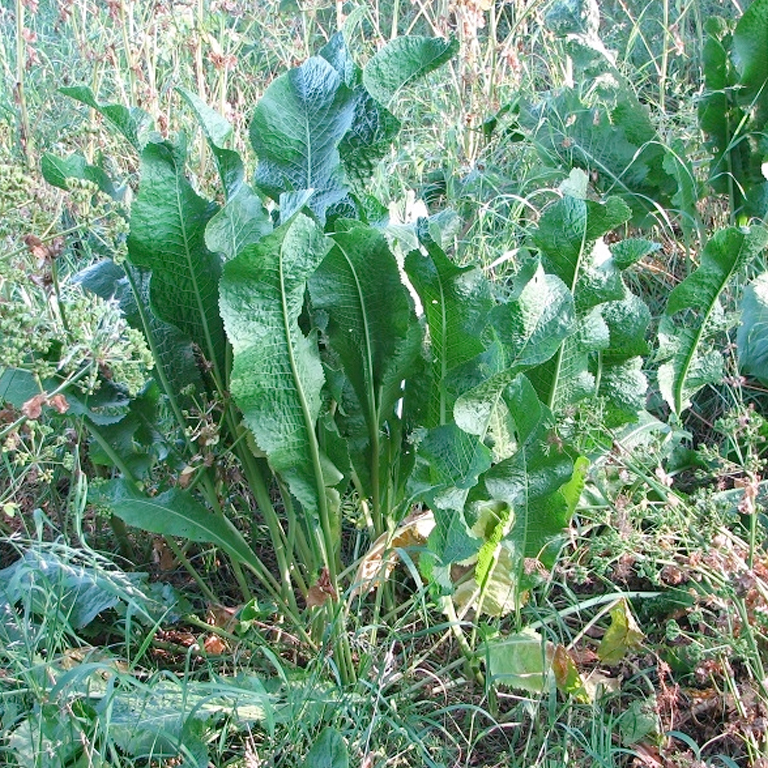
3. How Brassica of the plant.
Horseradish is a member of the Brassica family, along with kale and cabbage, mustard, wasabi and broccoli. Its botanical name is Armoracia rusticana or synonymously, Cochlearia armoracia. Armoracia derives from a Latin word meaning “near the sea”, heralding the ability of the plant to grow just about anywhere; Cohlearia means spoon, referring to the leaf shape and rusticana, just as you would suppose, means rustic.
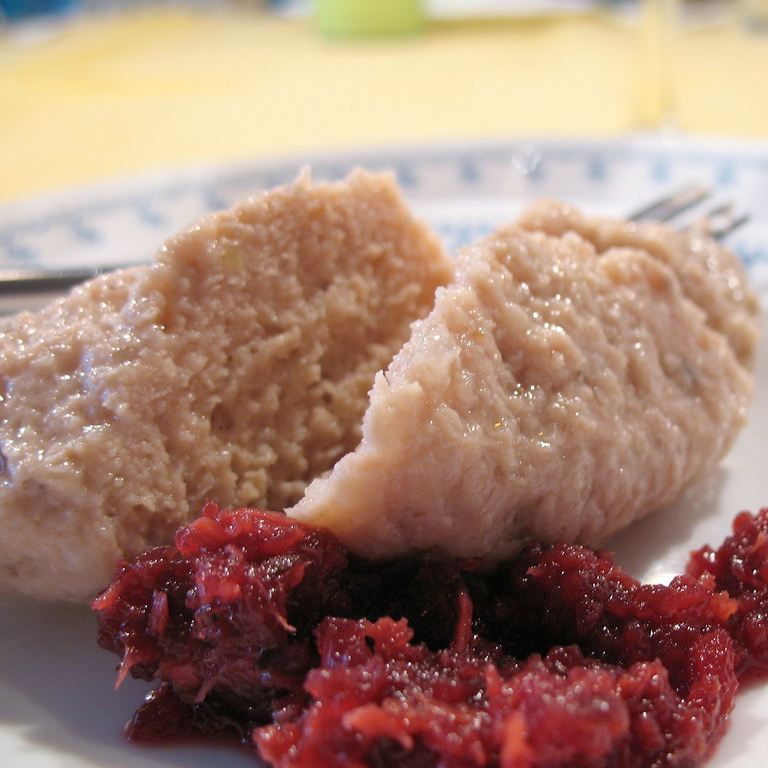
4. Horseradish bites back.
If you could ingest the plant without crushing the leaves, the experience would be a mild one. It is only when the cells are crushed that the chemicals that cause the heat are released. Harvest horseradish in the cooler months. After harvesting, grind or grate it as soon as you can and add vinegar to preserve the heat. If you leave it too long, it just turns brown and bitter.
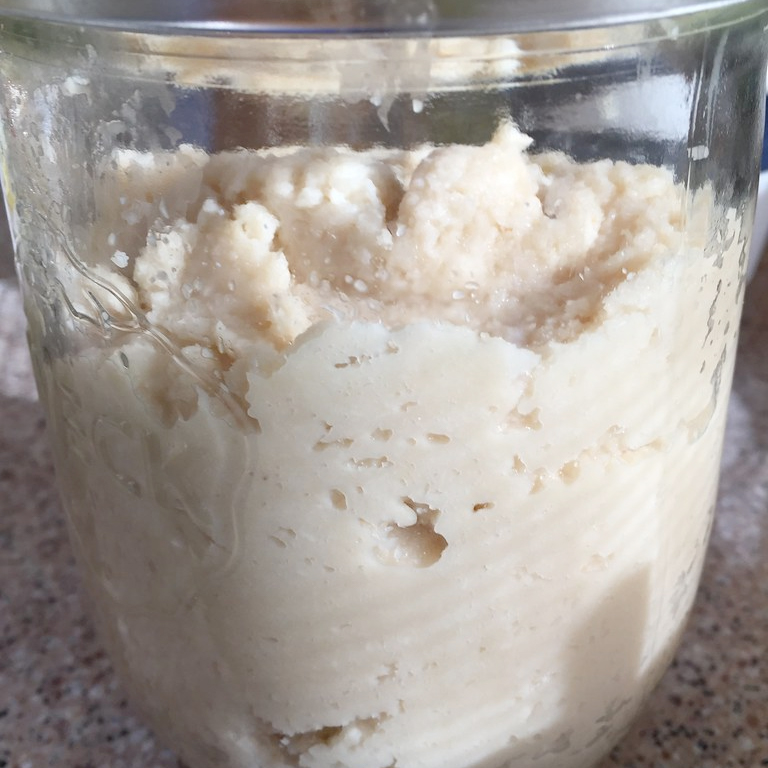
5. Preparing horseradish.
Take an eight-inch piece of root, peeled; 1 tablespoon water; 2 tablespoons vinegar; 1/4 teaspoon salt. Process in a food processor. Alternatively, grate the horseradish in a well-ventilated area and add the other ingredients to the grated product. Store in a tightly closed, refrigerated jar where it will keep for months. Your preparation will be about twice as strong as that purchased in stores. As it ages, it turns darker in colour signaling a corresponding loss of flavour.
6. Advice to Apollo.
When the god Apollo consulted the oracle at Delphi, he was told that “the radish is worth its weight in lead, the beet its weight in silver and the horseradish its weight in gold”. This was because of its medicinal properties that included, among other things, its efficacy for treating rheumatism and tonsillitis, and as an external rub to ease chest congestion and arthritic pain. The leaves were pressed on the forehead to eliminate headache. It was even used as an aphrodisiac as it increases blood flow.
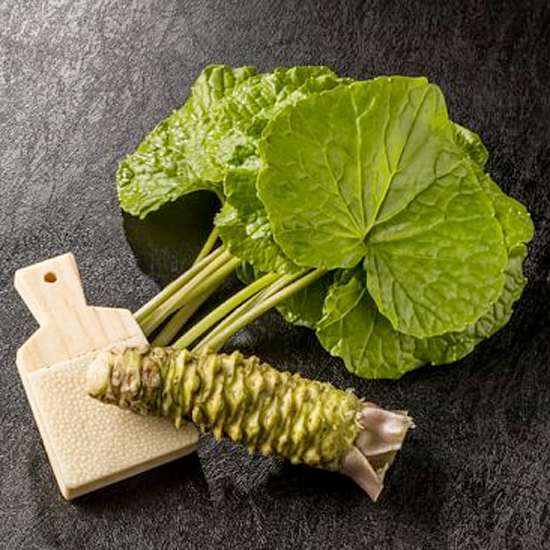
7. Wasabi imitator.
Wasabi, Eutrema japonicum, is a wild plant that is hard to cultivate. Consequently, it is becoming rare and is expensive. It is much hotter than horseradish, affecting the nasal passages more than the tongue. Today, much of the product sold as wasabi around the world is horseradish processed to a smooth paste and dyed green.
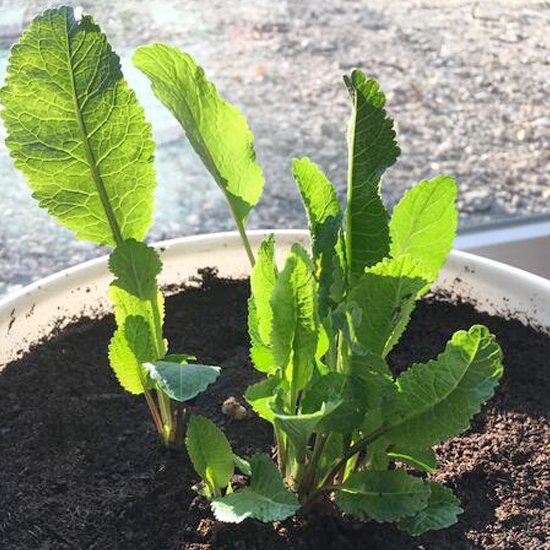
8. Plant with care.
Horseradish is strong in many ways, including in its will to live. Spreading by underground runners, it is very hard to eradicate once it takes hold so if you want to grow it, take the usual precautions. It is happy growing in zones 2 to 9. By the way, it’s no shrinking violet, reaching as much as 4 feet tall.

9. Leave it to the leaf.
Not only the cabbage moth loves horseradish leaves, so do people. Harvest the leaves young and use them in salads. Chop them and add them to soups, salad dressings and even, instead of basil, to make an unusual pesto. Larger leaves should be steamed because they can be tough. There is no horseradish taste to the earliest spring leaves – that develops as the leaves get older.
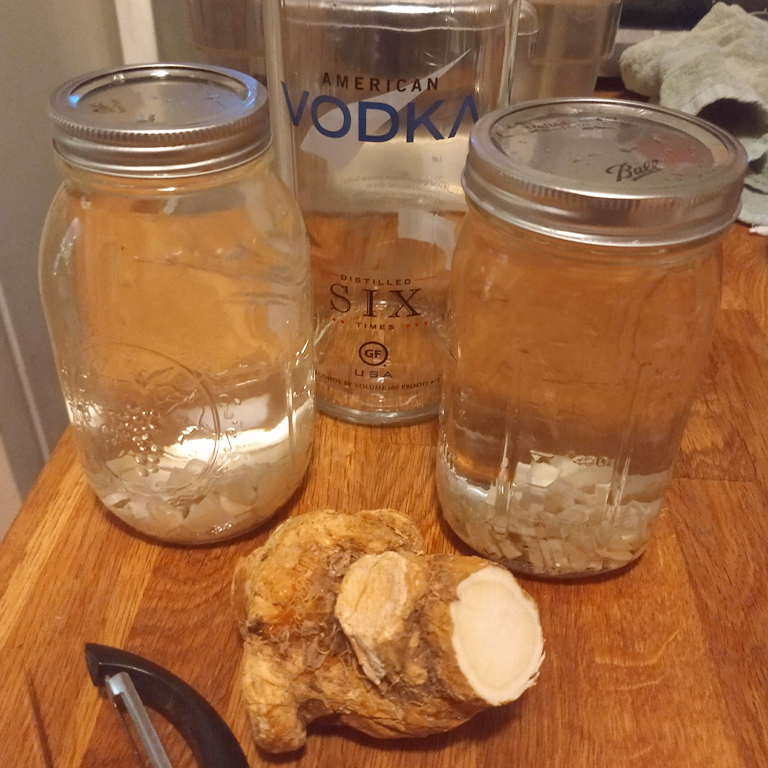
10. Grate it into vodka or eat with single malt scotch.
At least one gardener reports that horseradish, grated into vodka in a bloody Mary, tastes like sandalwood smells. Eating the young leaves with scotch has the same effect. This same adventurous horseradish harvester claims that the roots can be cooked as a parsnip substitute.
– Dorothy Dobbie Copyright©
Pegasus Publications Inc.



